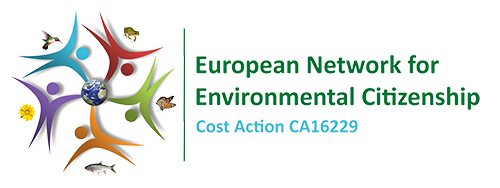Search Results Resources
You have searched in Resources with the following criteria: << Go Back
The search returned 3 results.

Daphne Goldman
- From
- 20
- To
- 25+
Goldman, D., Ben Zvi Assaraf, O., & Shemesh, J. (2014) "Human Nature”: Chemical Engineering students’ ideas about human relationships with the natural world. European Journal of Engineering Education, 39(3), 325-347.
English
Israel
This study looks at ethics and value orientation as a component of sustaibale development. The rationale for this study is grounded in the necessity that today's engineers be equipped with an ecological perspective. The study investigated environmental worldviews of chemical engineering students in Israel implementing Dunlap's NEP questionnaire to which students added written explanations. Findings lead to recommendations for incorporating components of an environmentla perspective within academic preparation of chemical engineers.

Dolores Victoria Ruiz Garrido
- From
- 9
- To
- 14
Rebuilding London
English
United Kingdom
This resource fosters children´s observation and attention to their school urban context. It discovers the building processes from ideas to building and the stakeholders involved highlighting the relevant role of Architecture and Urban Design for environmentally friendly cities. It encourages early civic participation to detect and improve potential problems related to the local environment. Geography, History, Design, and Art are linked as a cross-curricular activity

Dolores Victoria Ruiz Garrido
- From
- 9
- To
- 14
Building a Sustainable London. London Curriculum. KS2
English
United Kingdom
This resource is a cross-curricular with science, technology, and art links. It is an activity for teachers to implement in their classes, fostering young people´s commitment to local and global environmental issues. It shows several examples where sustainable architecture and smart design-based solutions have contributed to improving energy consumption, water use, take care of local fauna or and flora. It also presents the UN Global Goals for sustainable development to children using an easy and engaging language to them.
